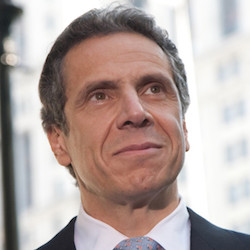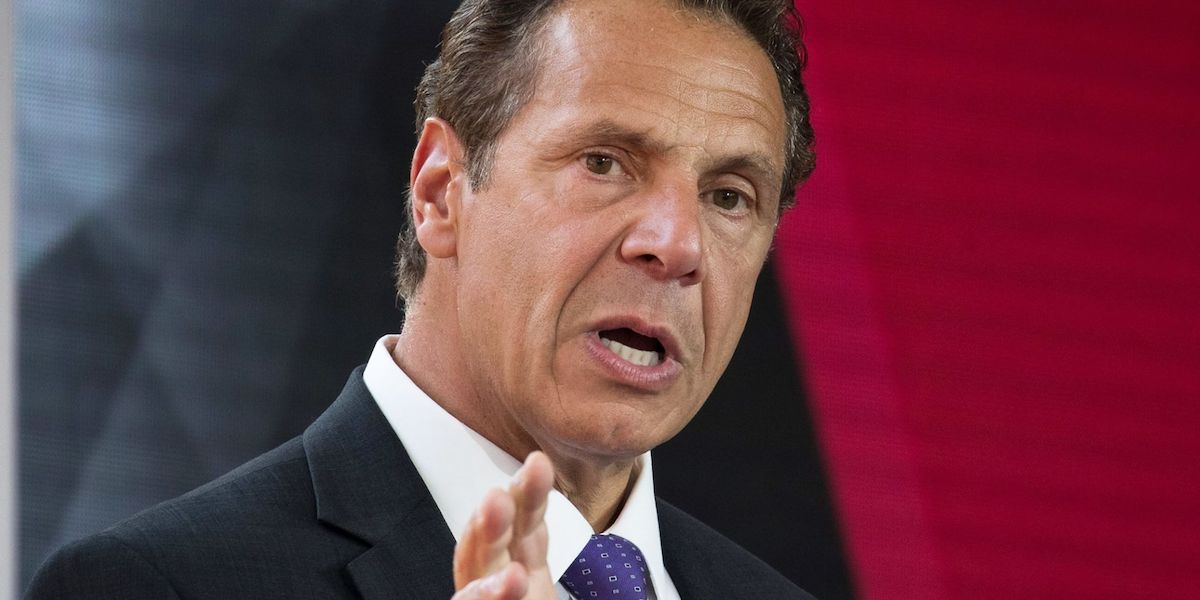
Washington, D.C., April 1 – Nationwide 111,804 people with disabilities got new jobs last year, including 11,473 new jobs for New Yorkers with disabilities. The Empire State now ranks 38th among the 50 states in terms of employment rates for people with disabilities. The newly published 2018 Annual Disability Statistics Compendium shows there are 1,099,574 working-age (ages 18-64) people with disabilities living in New York state. Out of that number, 378,951 have jobs. That means New York has a disability employment rate of 34.5 percent.
Further analysis by the disability group RespectAbility shows that New York’s disability employment rate has slowly increased over the past two years. However, even as more and more people with disabilities are entering New York’s workforce, smaller states such as North Dakota, South Dakota and Utah have higher employment rates for their citizens with disabilities.
Recently re-elected Gov. Andrew Cuomo has spoken clearly about the need to empower more people with disabilities in his state’s dynamic and evolving economy. “New York affirms its commitment to promoting diversity in the workplace by highlighting the rich talent and abilities that exist…and promoting inclusive communities that welcome individuals with all types of disabilities,” Cuomo wrote in a proclamation for National Disability Employment Awareness Month last October. “New York’s government agencies that serve individuals with development and/or intellectual…mental health disabilities have affirmed the state’s commitment to community living by developing implementation plans which include collaboration among many partners that will foster…the creation of more employment options.”
New York offers a wide range of options to support and empower people with disabilities into the workforce. Across the state Project SEARCH offer school-to-work opportunities for youth with intellectual and developmental disabilities to enter the competitive workforce. SEARCH is a unique, employer-driven transition program that prepares students with disabilities for employment success. From serving seniors, to opening pathways into healthcare careers, these opportunities are having transformative impacts on the lives of young people with disabilities.
The state also has received Disability Employment Initiative grants from the United States Department of Labor’s Employment and Training Administration and the Office of Disability Employment Policy. These grants have enabled the hiring of Disability Resource Coordinators to provide specific supports to job seekers with disabilities. Likewise, across the state, the Office for People With Developmental Disabilities oversees Supported Employment and Employment Training programs.
Nearly half of all working-age New Yorkers with disabilities live in the greater New York City metropolitan area. In total, there are 455,000 working-age people with disabilities in the city. Under Mayor De Blasio, the city has launched NYC ATWORK: a successful program to provide resources and opportunities to job-seekers with disabilities. This effort is overseen by the Mayor’s Office for People with Disabilities, led by Commissioner Victor Calise. NYC ATWORK helps connect people with disabilities looking for jobs and businesses looking to hire qualified individuals.
“Our nation was founded on the principle that anyone who works hard should be able to get ahead in life,” said Hon. Steve Bartlett, current Chairman of RespectAbility, who co-authored the Americans with Disabilities Act when he was in Congress. “People with disabilities deserve the opportunity to earn an income and achieve independence, just like anyone else.”
A National Issue
Beyond New York, how is the workforce changing for people with disabilities? What is driving these changes? The answer is simple. According to Vincenzo Piscopo of the Coca-Cola Company: “People with disabilities bring a unique skill set that it is very valuable for companies.” He went on to add, “As it relates to employment and competitiveness in the workplace, we have to stop thinking of disability as a liability and start thinking of it as an asset.”
Brand-name companies such as JP Morgan Chase, Coca-Cola, Ernst & Young, IBM, Walgreen’s, Starbucks, CVS and Microsoft show people with disabilities are successful employees. These companies also know that these workers improve the bottom line. “People with disabilities bring unique characteristics and talents to the workplace,” said RespectAbility President Jennifer Laszlo Mizrahi. “Hiring people with disabilities is a win-win-win for employers, people with disabilities and consumers alike.”
As more companies hire employees with disabilities, conversations are shifting to focus on inclusion. “Disability inclusion is no longer about automatic doors, curb cuts, ramps, and legislation,” says Jim Sinocchi, Head of the Office of Disability Inclusion at JP Morgan Chase. “Today, the new era of disability inclusion is about “assimilation” – hiring professionals with disabilities into the robust culture of the firm.”
According to the Census Bureau, there are more than 56 million Americans living with a disability. Disabilities include visible conditions such as spinal cord injuries, visual impairments or hearing loss and invisible disabilities such as learning disabilities, mental health or Autism.
An Election Issue
Voter research, conducted by RespectAbility, shows how disability issues connect to all aspects of American life. “Fully three-quarters of likely voters either have a disability themselves or have a family member or a close friend with disabilities,” said former Representative and Dallas Mayor Steve Bartlett. “People with disabilities are politically active swing voters, and candidates should take note of the important issues they care about.”
As 2019 moves into 2020 and the political campaign season heats up, continuing job growth for people with disabilities will be a crucial indicator of the health of the American economy.

Be First to Comment